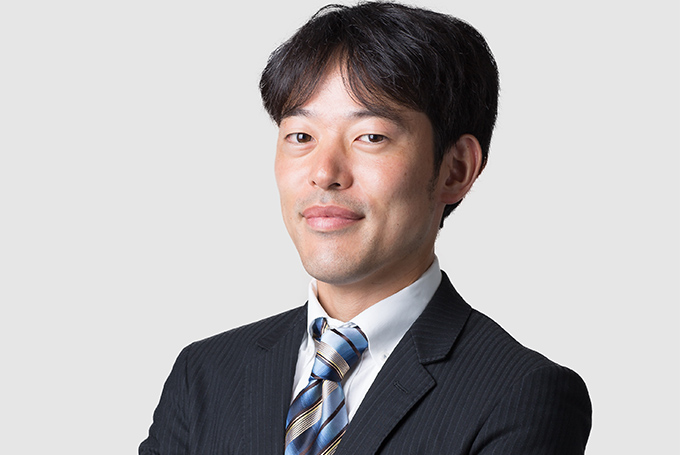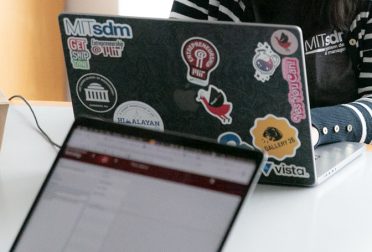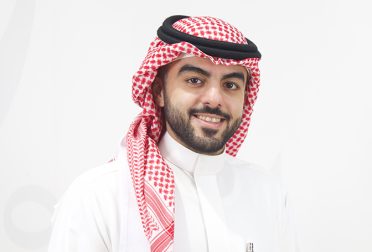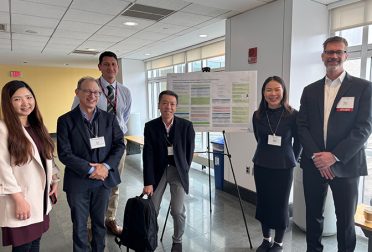Tomohisa Okamoto came to the System Design and Management program in 2019, planning to learn how to apply systems thinking principles to his work at Mitsubishi Heavy Industries in Kyoto, Japan. However, one question in a class on entrepreneurship and artificial intelligence led him to form a team that would use robotics to tackle issues of worker safety. Human Dynamics, cofounded by Okamoto, has received support from the MIT Sandbox Innovation Fund and was a top three finalist in the MIT $100K Accelerate competition. The startup won the Rabobank-MIT Food and Agribusiness Innovation Prize for their plan to use robotic drones for sanitation in food production plants. Okamoto spoke with SDM about his journey through MIT’s entrepreneurship ecosystem and how the SDM community supported his endeavors.
How did Human Dynamics get started?
When I was a first year, I took the class 6.S977 Entrepreneurship for Collaborative Machine Intelligence in the fall of 2019. The class is a combination of business and engineering; there are two professors, Bill Aulet, who is very famous for entrepreneurship, and Julie Shah from Mechanical Engineering.
In the class, the professor had us come to the front of the class and say what we were interested in. And I said that it was very weird that fieldworkers climb up to high places, such as cell towers and transmission towers, and do high-risk maintenance jobs. It seemed very dangerous – we live in 2020, not 1990, but we keep doing it this way. Fellow SDM student Michael Pickering was also attending the class and he approached me and said he was interested in this problem, but we didn’t have a solution. I saw it as a systems problem, not a technological problem.
How did you apply principles of what you learned in SDM to this project?
I used an approach from systems architecture to look at many potential solutions, such as cherry pickers or existing drones or robotics. We did a tradespace analysis and landed on the solution of “Drobot”, which is a combination of drones and robotics. Michael and I used Lego to imagine what we could do. We came up with a drone with a robot arm with a gripper so it can grip something at height and complete physical tasks.
I also took Product Design and Development with [SDM faculty co-director] Steve Eppinger. This course gave me the fundamental knowledge to make our idea a real product and business. I didn’t develop the idea in that class, but I learned the process, and that was very helpful for us.
Also, for the SDM core spring project I worked on a team sponsored by Boston Dynamics that focused on safety improvement by using their robot, Spot. Through the project, I was able to see many places that workers face the same kind of problems, and how robotics and AI can contribute to solve these issues.
What were your experiences with the entrepreneurship ecosystem at MIT?
The innovation ecosystem that MIT provides is amazing. We often went to the Martin Trust Center and talked to Bill Aulet and Julie. Their class encouraged students to participate in the new $50K MIT Collaborative Intelligence (CI) Competition held in May of 2020. After the class, we received a budget and support from the MIT Sandbox Innovation Fund, which gave us great mentors. Our team was selected as a finalist of the CI competition. At the same time, we applied to the $100K Competition and were selected as semifinalists in May 2020. We received the feedback that our project was very exciting, and it was good to see the potential of the business.
How did you connect with the broader SDM community as part of this project?
We needed a workspace, and I met Fady Saad of MassRobotics at an SDM alumni night. MassRobotics is famous as a robotics hub, and they were very kind and helped us a lot to connect to people outside MIT.
The MIT and SDM alumni networks enabled me to talk with many industrial experts across industries. We conducted more than 100 interviews – a typical process, but we needed a network to meet, and the SDM alumni helped a lot.
How did the project evolve from working on electrical cables to assisting in the sanitation of food processing facilities?
Being awarded as a finalist and good feedback encouraged us to think more serious if it was worth being a real startup. With new teammates from Harvard, we applied for H-lab and classes in Harvard while we leveraged MIT resources in parallel. We assumed that our solution would be applied in various fields, so we conducted over 100 potential customer interviews to determine the best market. On the business side, we should focus on the sharpest problem and highest ROI. We found that food production companies face serious problems of sanitization. After Covid, sanitation was key work, and compared with other fields they have to produce their product every day, and facilities have to be sanitized every night. And it’s hard to find and keep their workers. The urgency was higher than in other industries.
Do you have any advice for SDM students who would like to get involved in entrepreneurship while at MIT?
Solving complex system problems is one way to get into entrepreneurship, and entrepreneurship is demanded more than ever before, in industries from startups to large legacy companies. The MIT ecosystem supported me a lot. People should know that entrepreneurship is more needed, demanded in society, and learning entrepreneurship is very good for a valuable career, so I encourage everyone to have such an experience while they’re at MIT. Take the first step, then enjoy your adventure.




